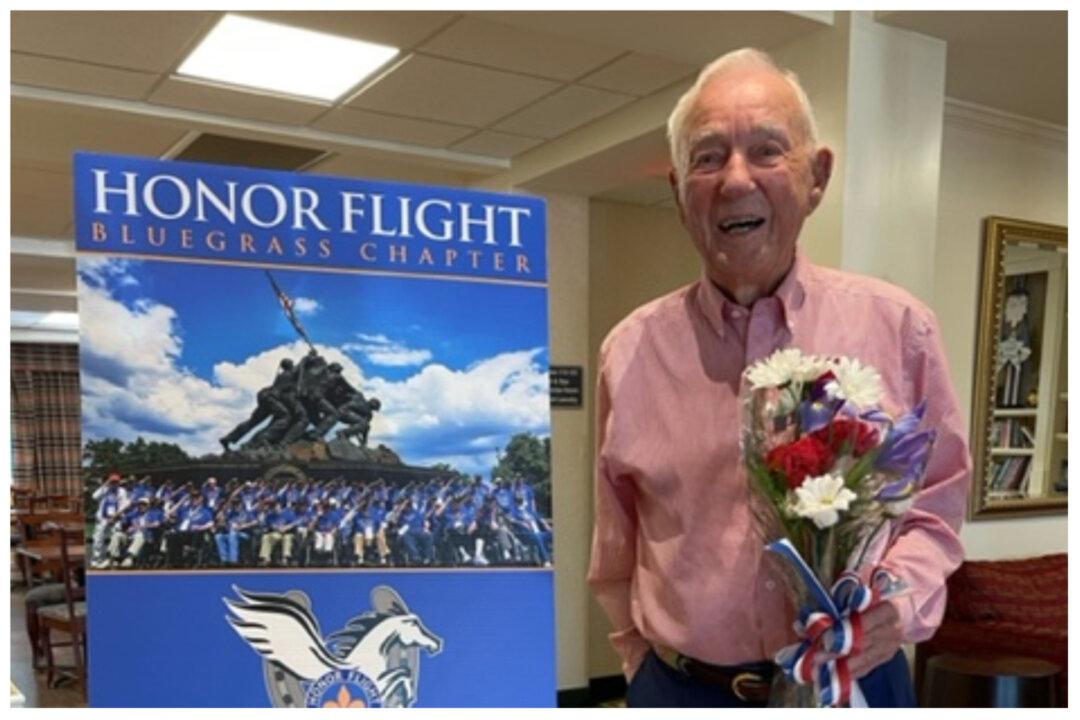MERRY OAKS, Ky.—Nestled on the western edge of Barren County, Kentucky, is a small community named Merry Oaks, with a population of fewer than 300 people. In the 1900s, the community was mostly agricultural land with a few sawmills and general stores. The Great Depression hit every community hard and Merry Oaks didn’t escape its wrath.
Perhaps seeking a better life and more opportunities, three young men from this area joined the U.S. Navy. One would return home to his family; the other two would perish on the USS Oklahoma on Dec. 7, 1941, and remain missing in action for almost 80 years. One of them was finally brought home on May 29 after his remains were identified through DNA analysis.




